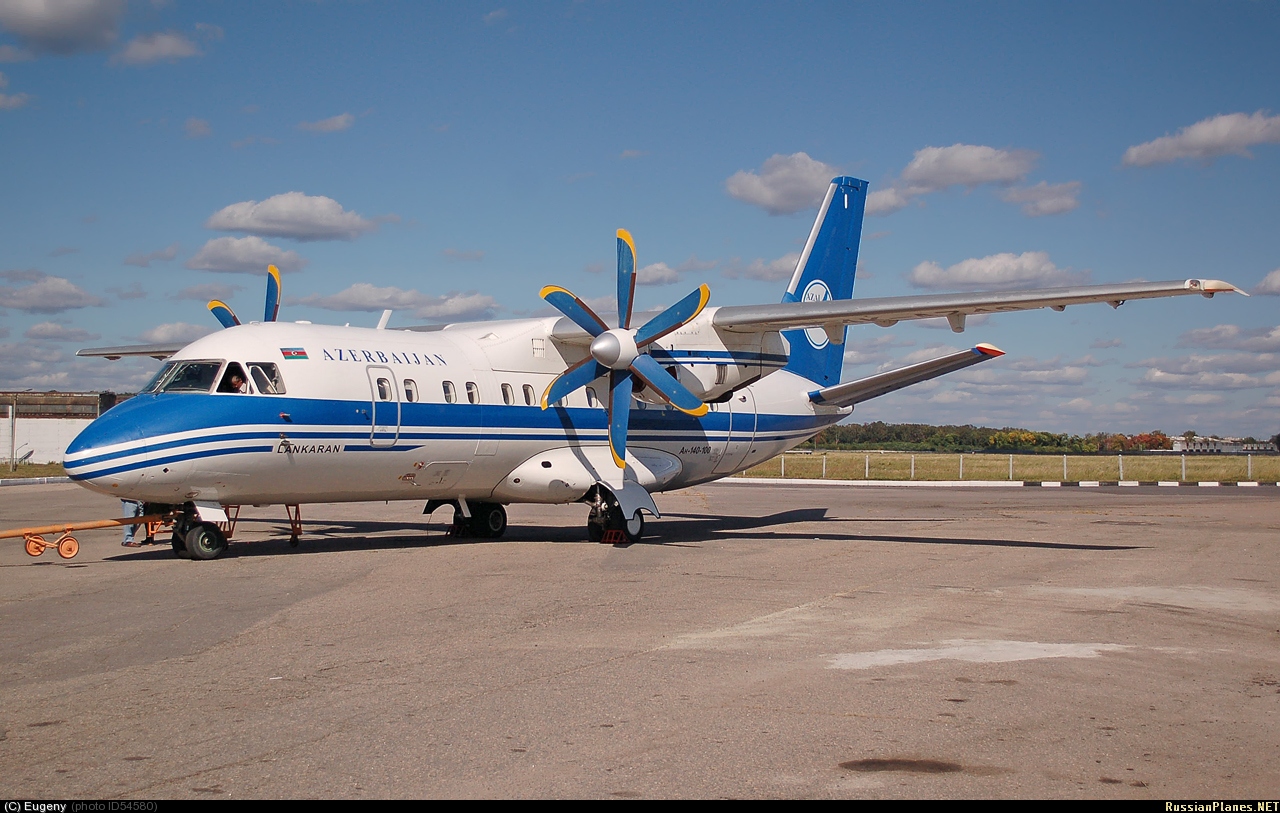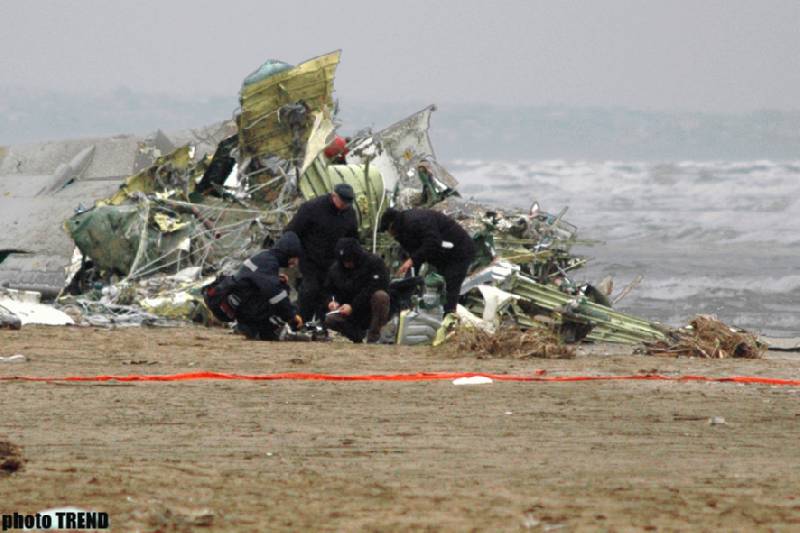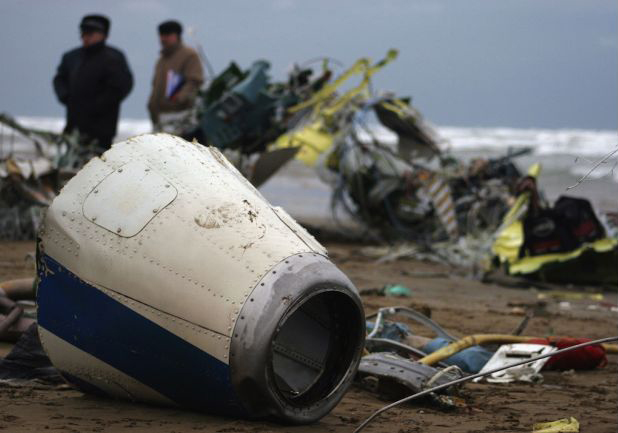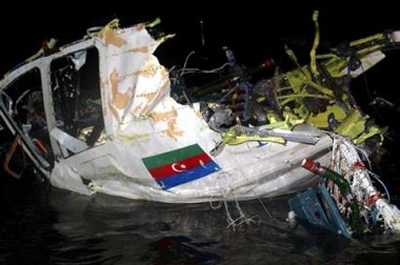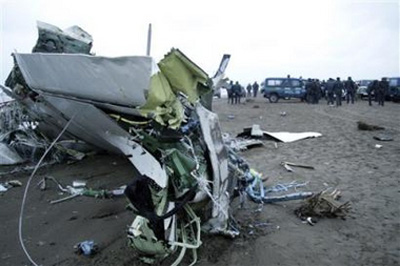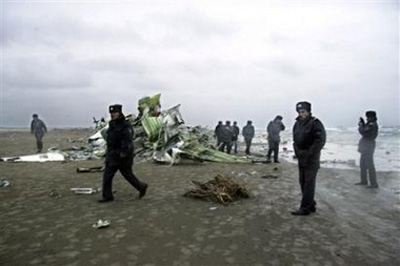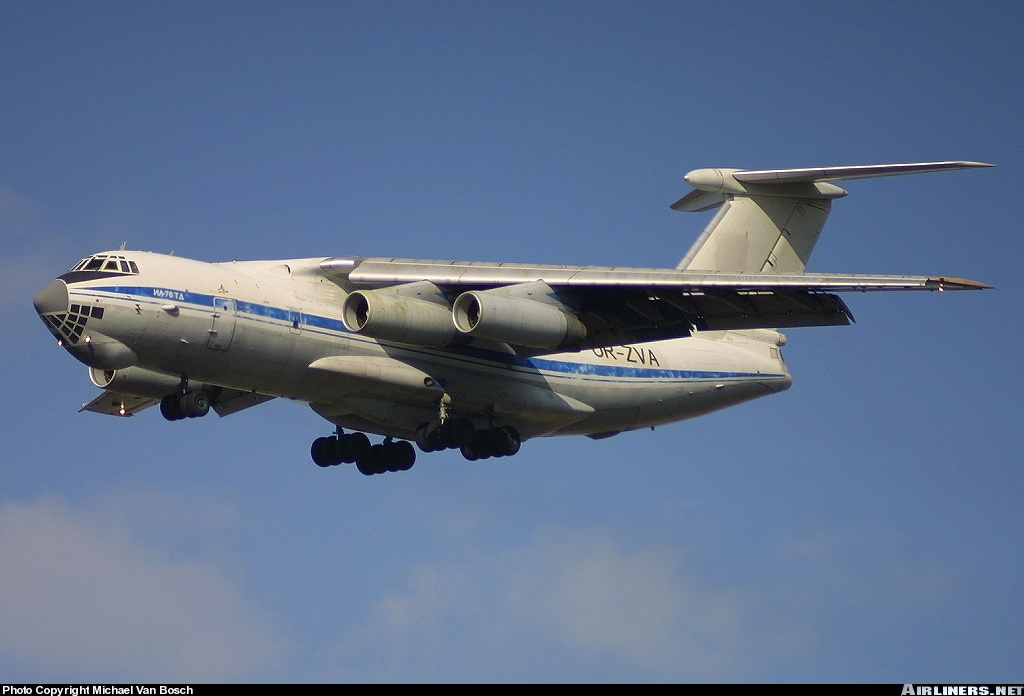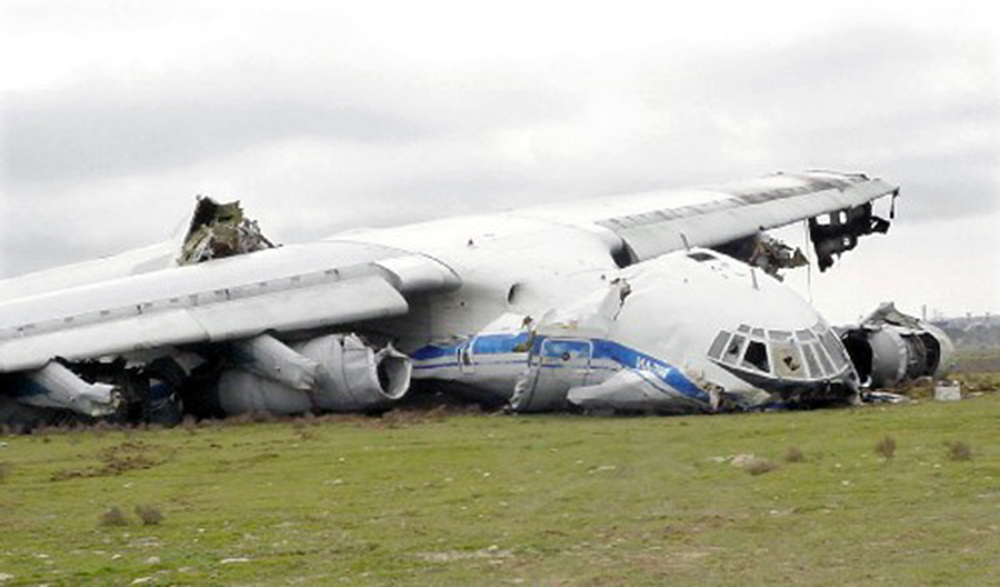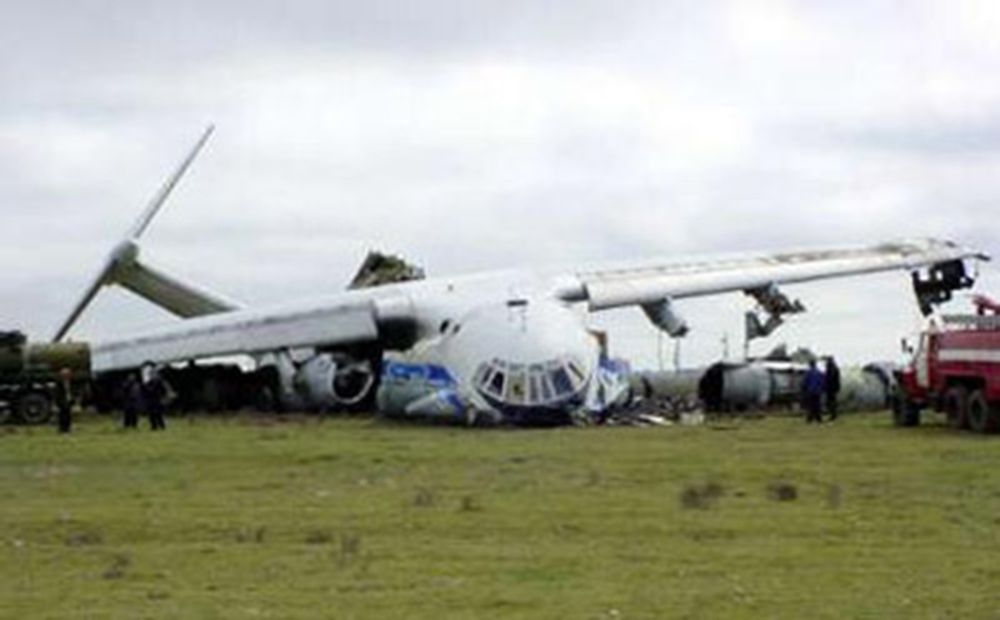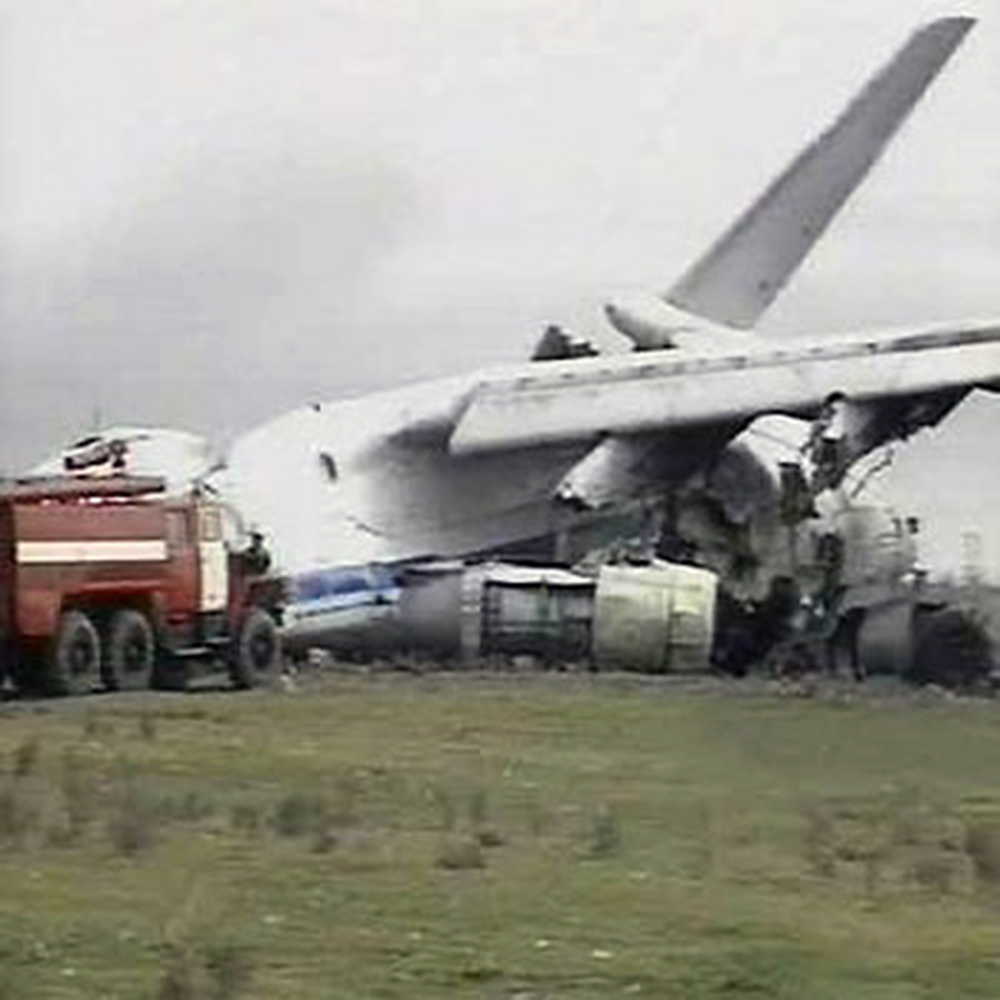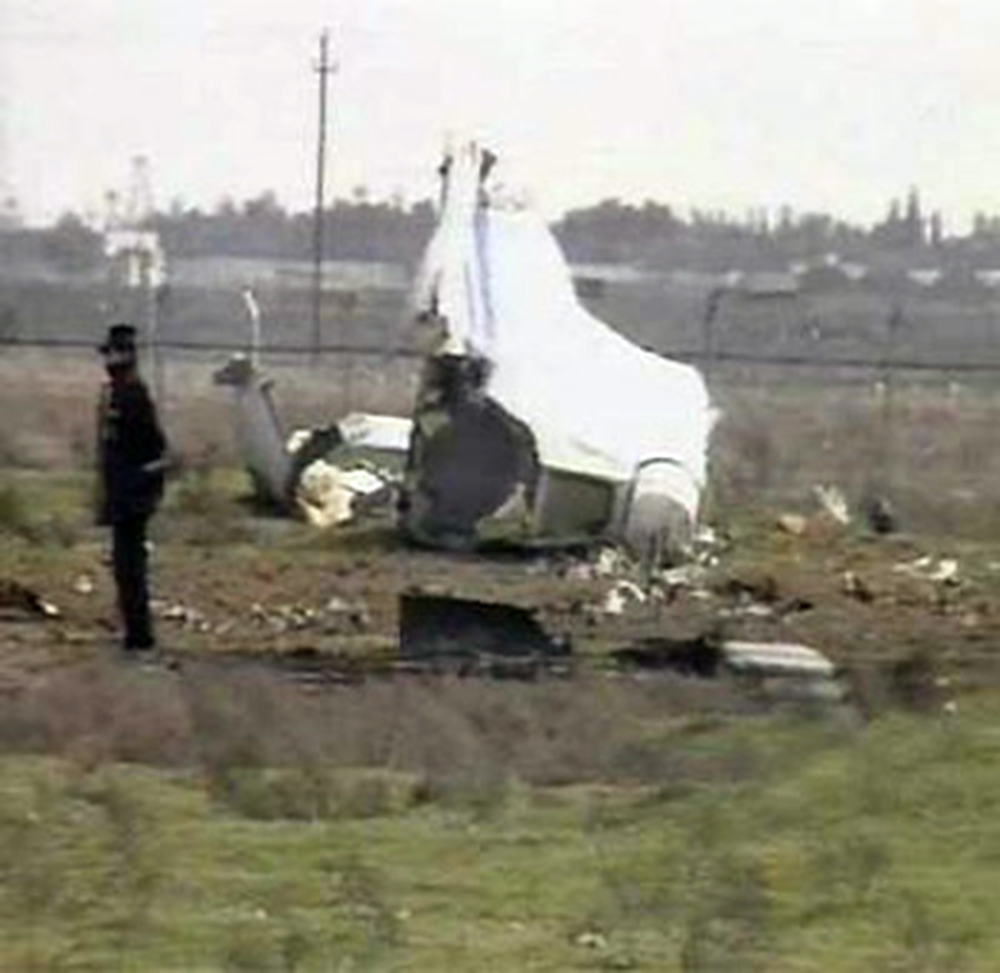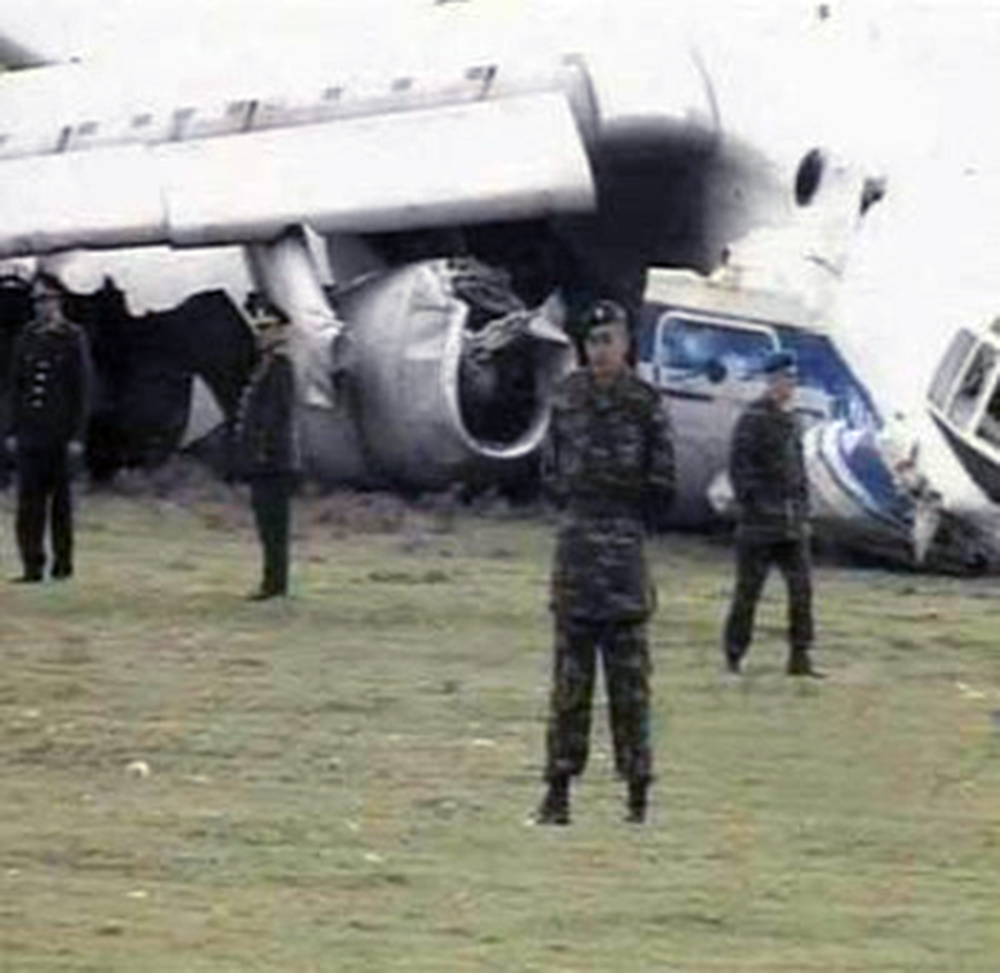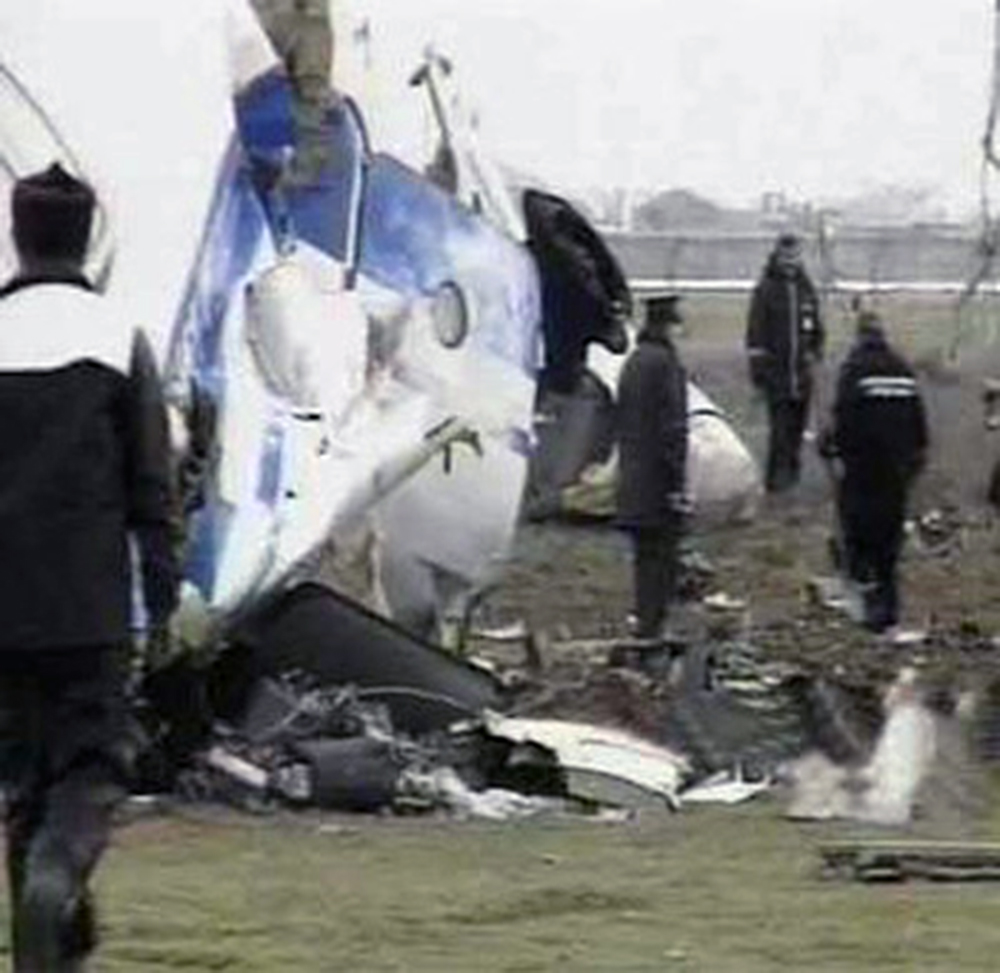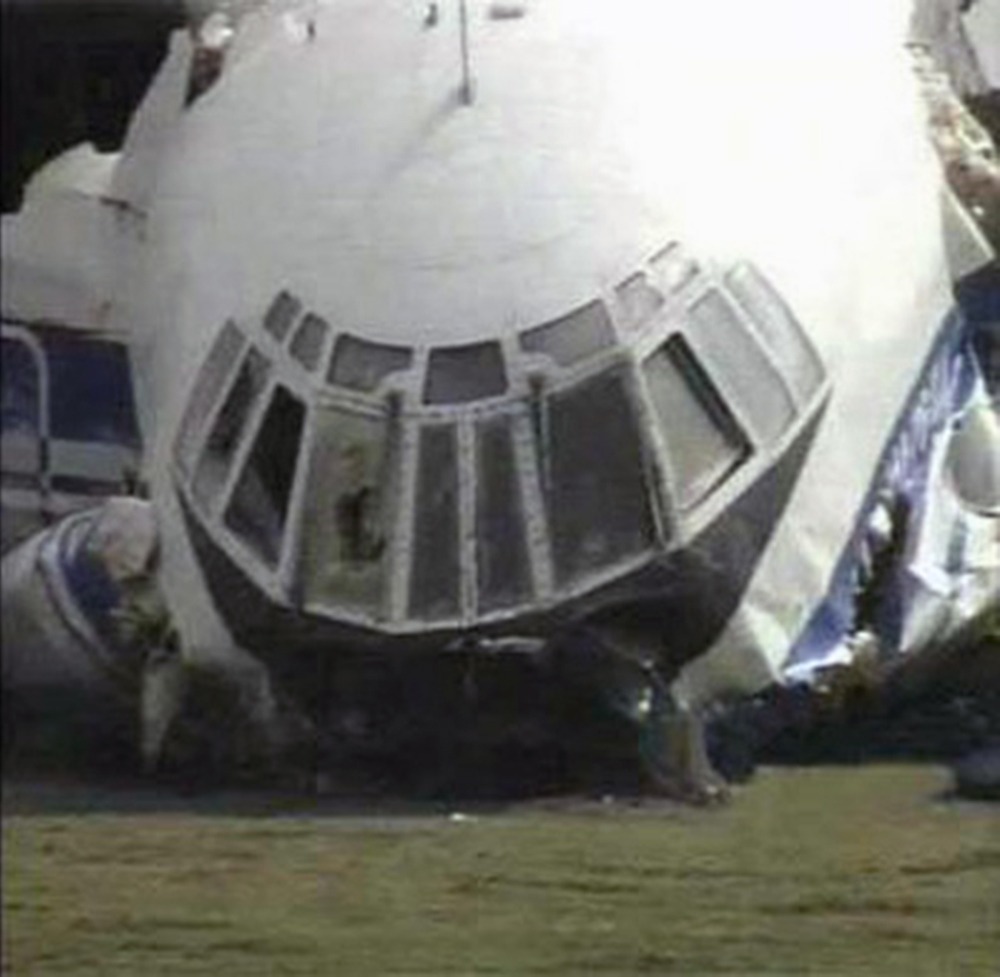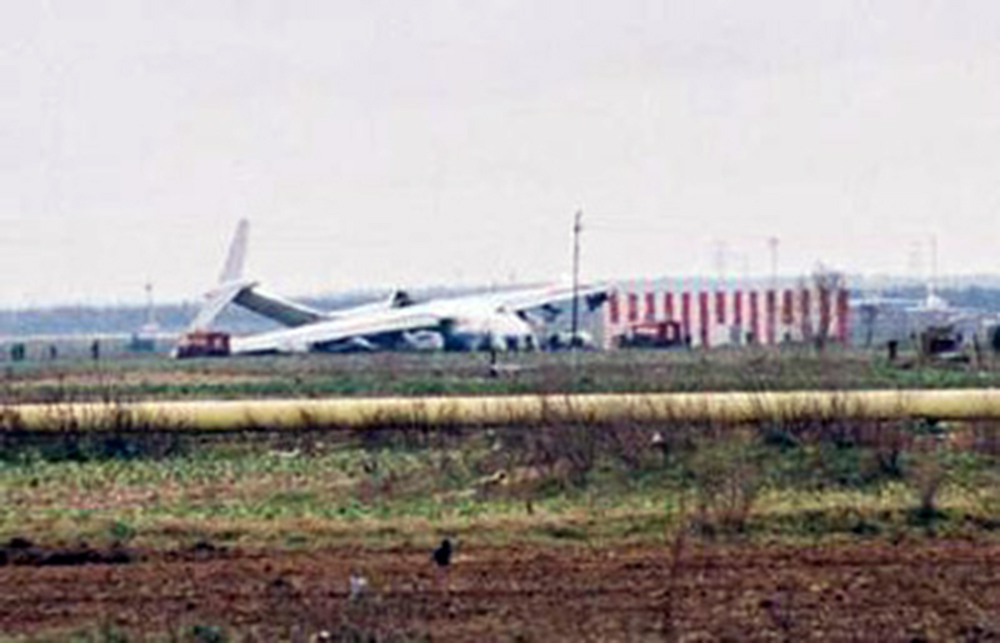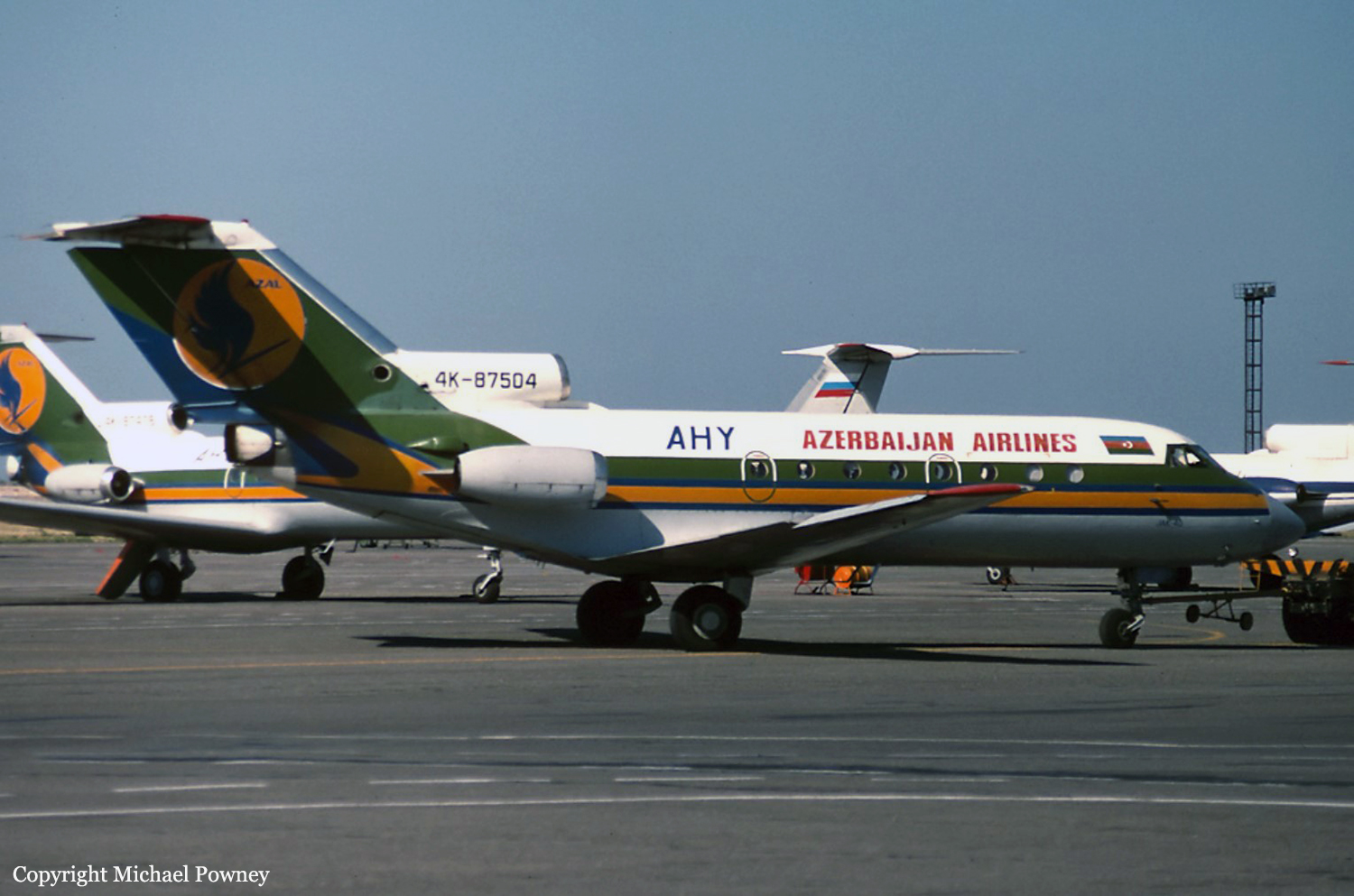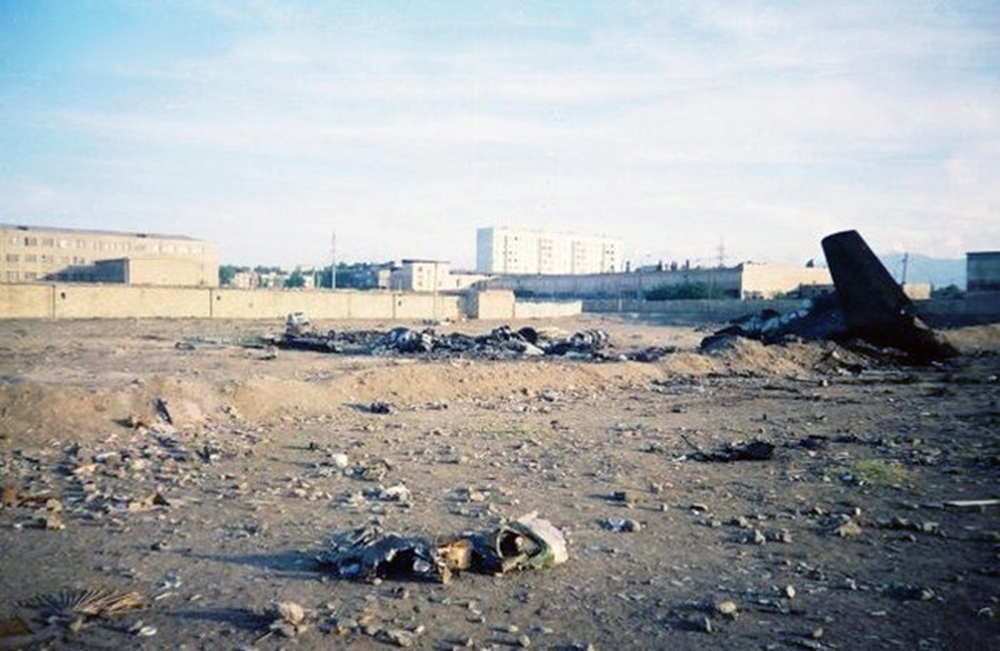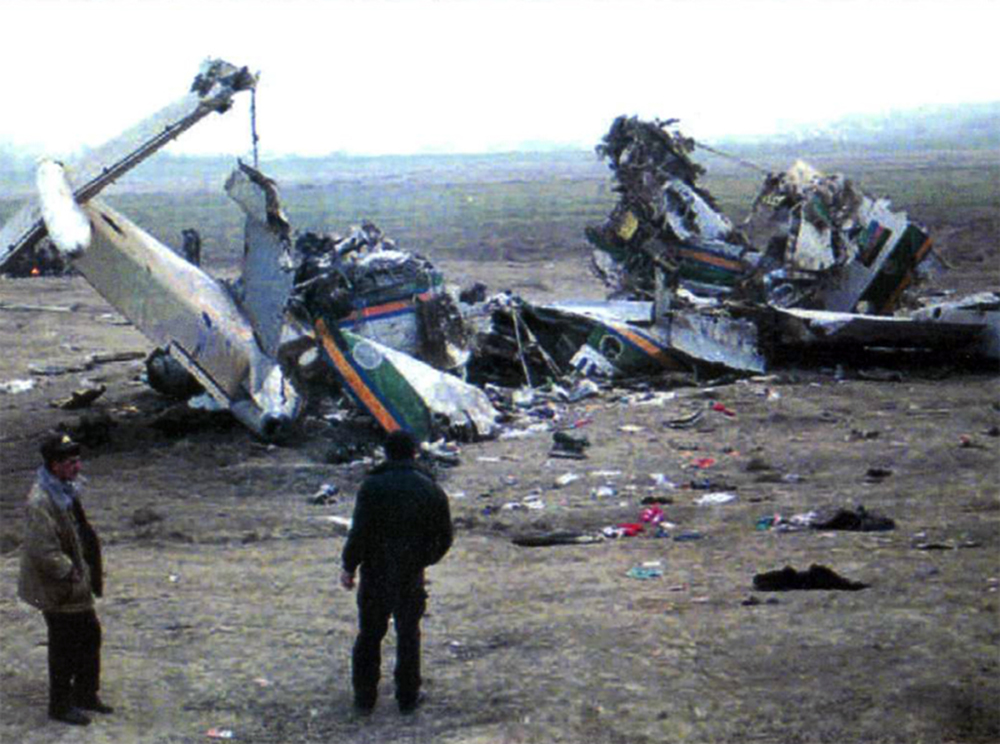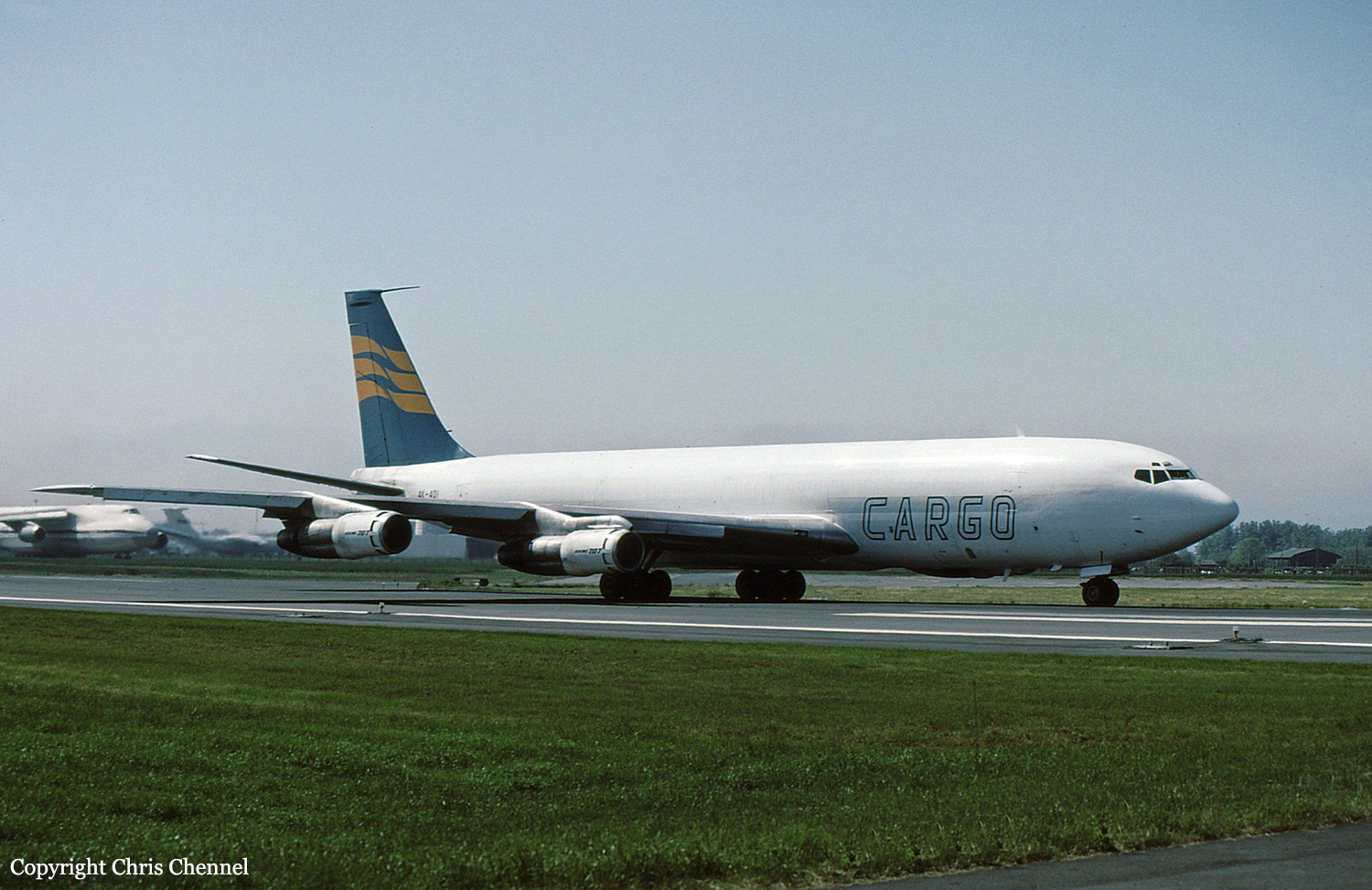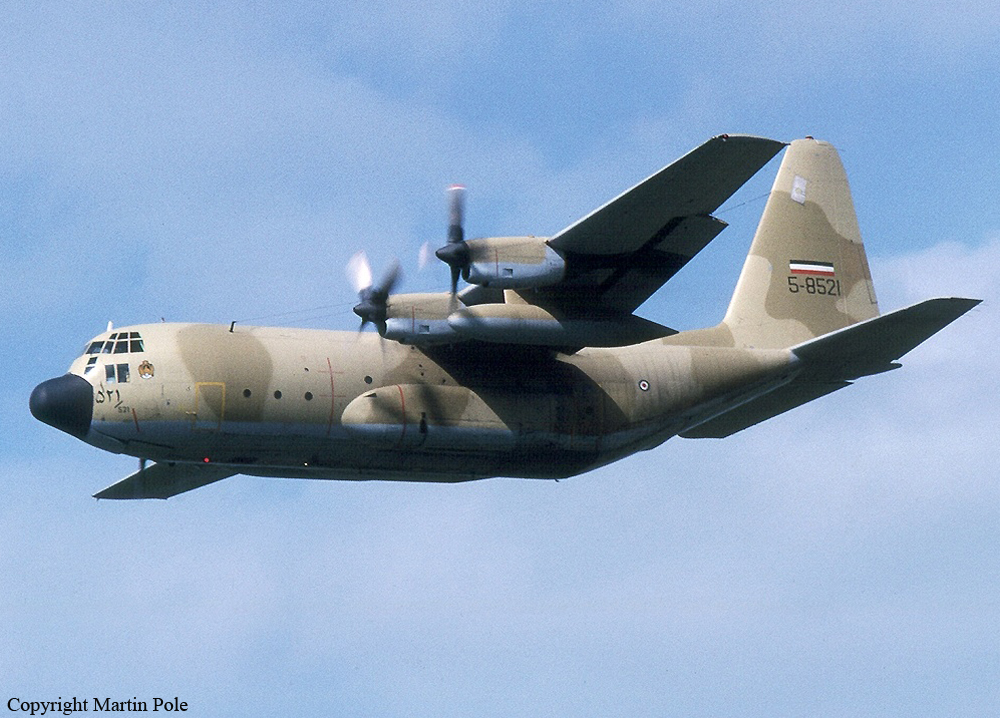Crash of an Antonov AN-140-100 off Nardaran: 23 killed
Date & Time:
Dec 23, 2005 at 2240 LT
Registration:
4K-AZ48
Survivors:
No
Schedule:
Baku - Aktau
MSN:
36525307036
YOM:
2004
Flight number:
AHY217
Crew on board:
5
Crew fatalities:
Pax on board:
18
Pax fatalities:
Other fatalities:
Total fatalities:
23
Circumstances:
On a flight from Baku to Aktau in difficult weather conditions at night when took off with caged gyro horizons, so the crew lost spatial orientation. The aircraft entered a steep right downward spiral and crashed on the shore of the Caspian Sea near Nardaran, some 35 km northeast of Baku, less than five minutes after takeoff. All 5 crew and 18 passengers were killed, among them were 15 Azeris, one Briton, one Australian, one Turkish, one Georgian and 4 Kazakh.
Probable cause:
The gyro horizons failed after takeoff due to a malfunction caused by the fact that some counterfeit assemblies and instruments had been installed by KhGAPP during the production of the aircraft. While cruising at night and poor visibility, the crew lost situational awareness and suffered a spatial disorientation, causing the aircraft to enter an uncontrolled descent and to crash into the sea. The lack of visual references on ground was considered as a contributing factor.
